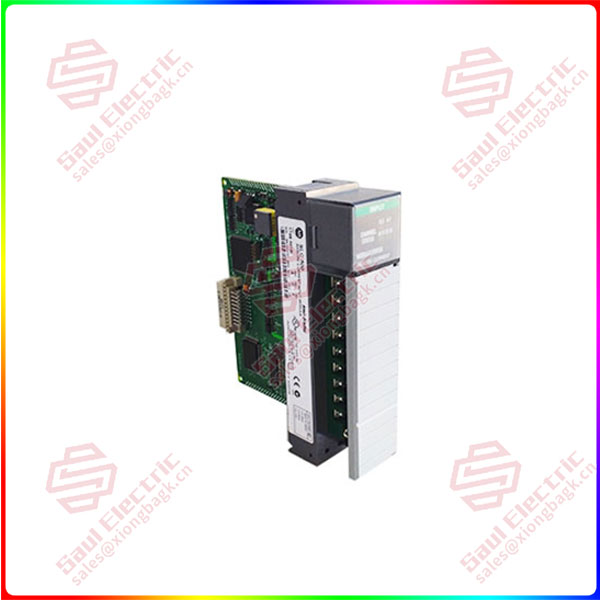We often say that “hundreds of steel”, steel only through the temper, can become stronger. So people often use the word “iron will” to describe a person who is strong-willed. We can’t live without steel. Buildings, machinery, ships, railways, automobiles, etc., are not without the support of “steel and iron bones” behind.
With the acceleration of urbanization and industrialization, the steel industry, as the pillar of the manufacturing industry, is also facing challenges such as overcapacity while developing rapidly. The competition in the steel industry is no longer the competition of price, but the competition of efficiency and quality. The development route of green and low-carbon, intelligent manufacturing and digital transformation is reconstructing the competition situation of the steel industry.
At present, China’s steel production is dominated by a long process, from the initial raw materials such as iron ore and coking coal, through sintering, blast furnace to form hot metal, through steelmaking, continuous casting to form billets, and finally through rolling, forging and other processing, and finally become available for various uses of steel, the process is extremely complex. With many years of field experience and mature application cases in the steel industry, Siemens can provide enterprises with digital solutions covering the whole process from top-level planning to implementation, and solve the “pain points” that limit the development of the industry.

1746-NI16I
Digitalisation is reshaping the steel industry
Under the boom of intelligent manufacturing, many steel companies are planning to upgrade smart factories. Among them, intelligent driving is a representative basic application in the construction of intelligent factories in the steel industry. “Driving” is the most important handling equipment in iron and steel enterprises, which is difficult to control, high risk, and high labor intensity. At present, there are not only many traditional control methods using manual operation, but also the interference between the running of the train and the ground building should be eliminated manually.
Can the driving operation be realized in a remote and automated way, so as to comprehensively improve efficiency and ensure labor safety? Siemens’ high-performance drive systems make this vision a reality and bring real benefits to steel companies.
Siemens provides a SIMOCRANCE based solution for a 420T ladle crane for a large steel company. Through the scheme, the functions of fast start and stop, stable operation, automatic navigation cruise and unmanned hook can be realized on the ladle crane. Through remote control of driving, it can not only improve the working environment of driving operators, improve safety, reduce operators, reduce labor costs, but also further improve operational efficiency and reduce downtime and maintenance time. With more and more projects landing, the application of unmanned intelligent driving in the steel industry will be more and more, which is an industrial trend.
Driven by technological innovation and industry trends, the digital transformation of steel enterprises has achieved positive results. Unmanned, less human has become the evolution trend of steel production workshop, more and more intelligent equipment into the production line. In the “unmanned” storage yard of Hegang Tanggang New District, Siemens provides a digital storage yard management solution integrating hardware and software to help it realize automatic information perception, automatic data calculation and automatic operation instructions.
More than that, with Siemens’ industrial Internet, data analytics and additive manufacturing technologies, Hesteel is accelerating towards a new stage of digital development. At the same time, we also hope that the digital transformation practice of Hesteel can provide some reference and help for more domestic steel enterprises aiming at transformation, and lead the steel industry to the future of innovation and sustainable development.
 1 Year Warranty
1 Year Warranty





